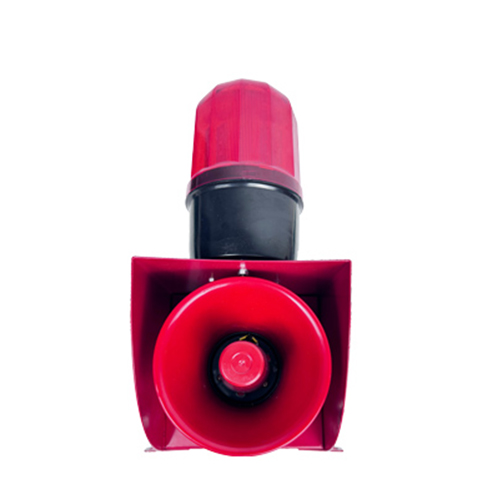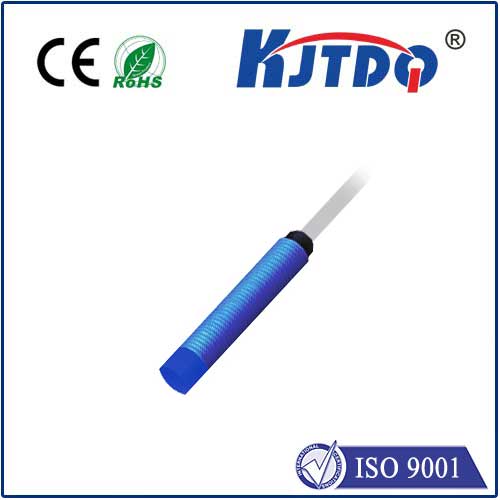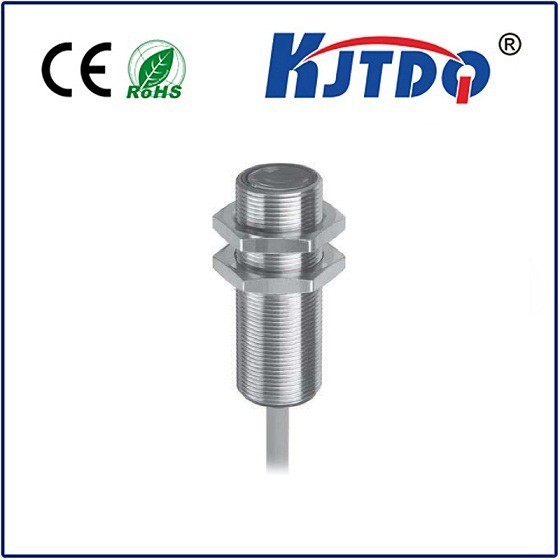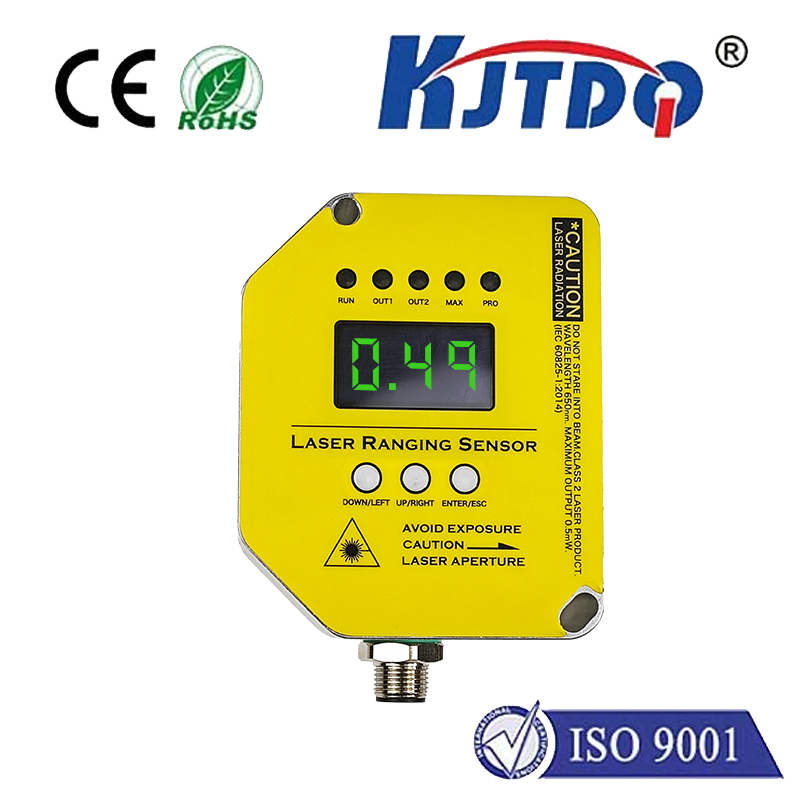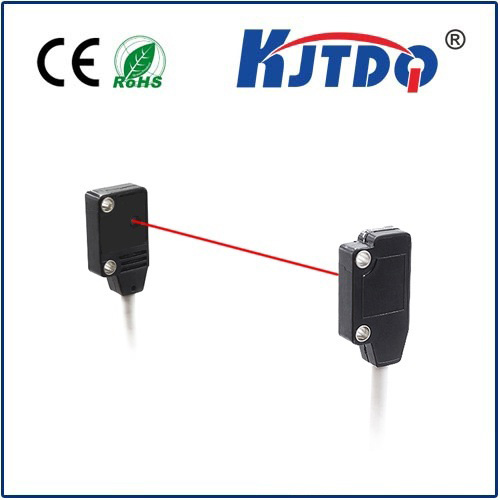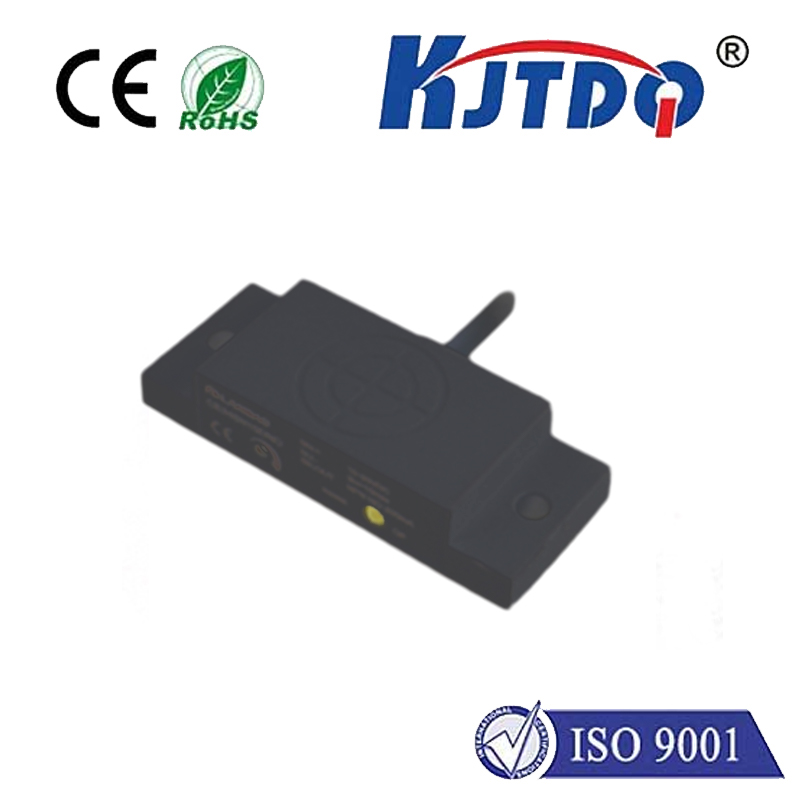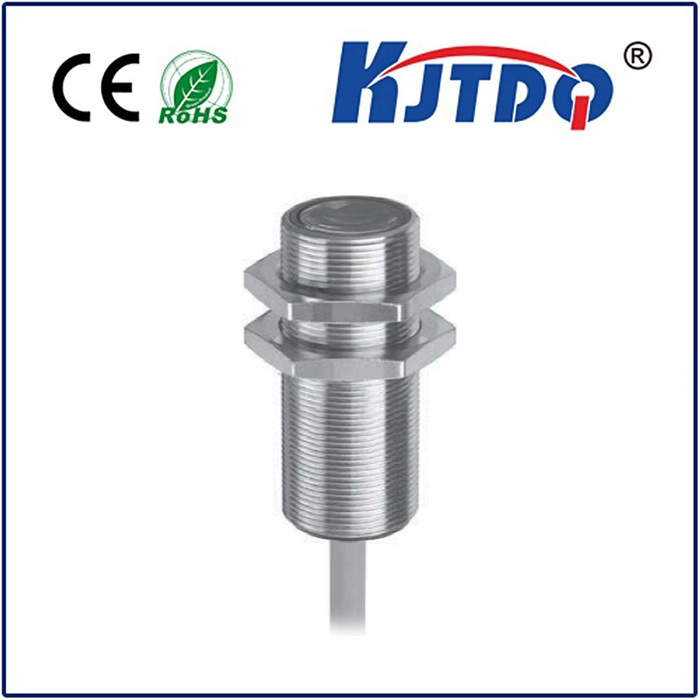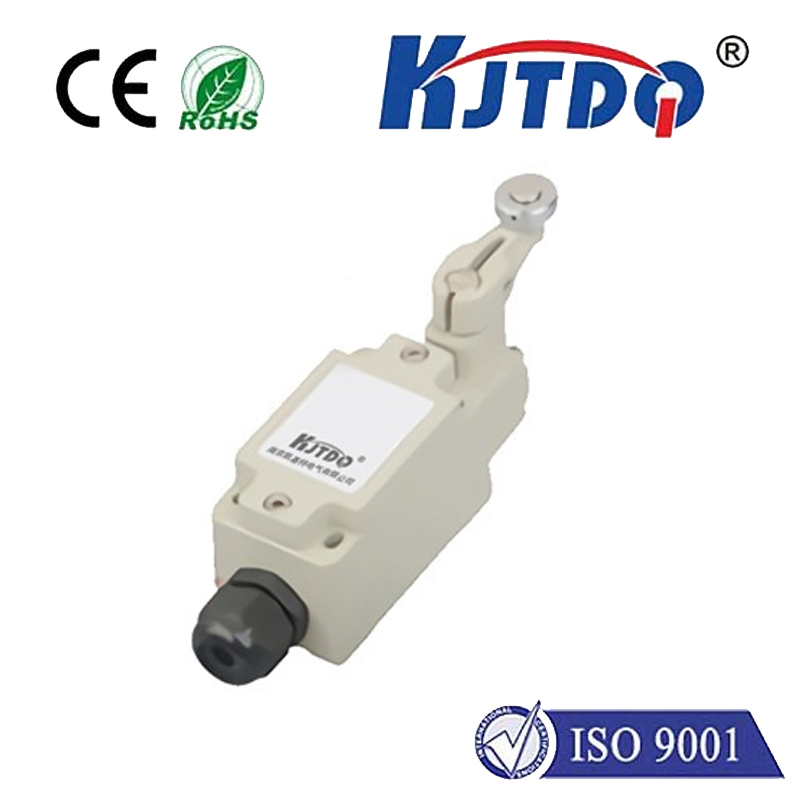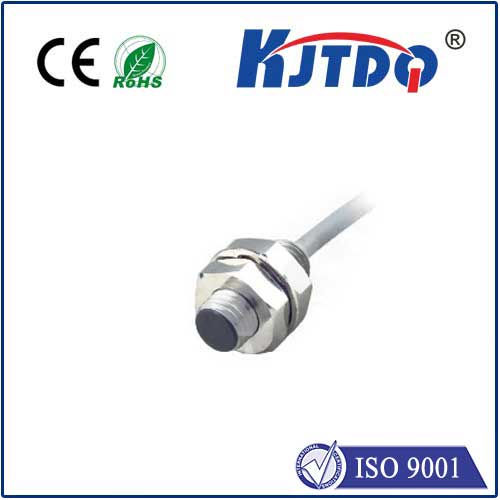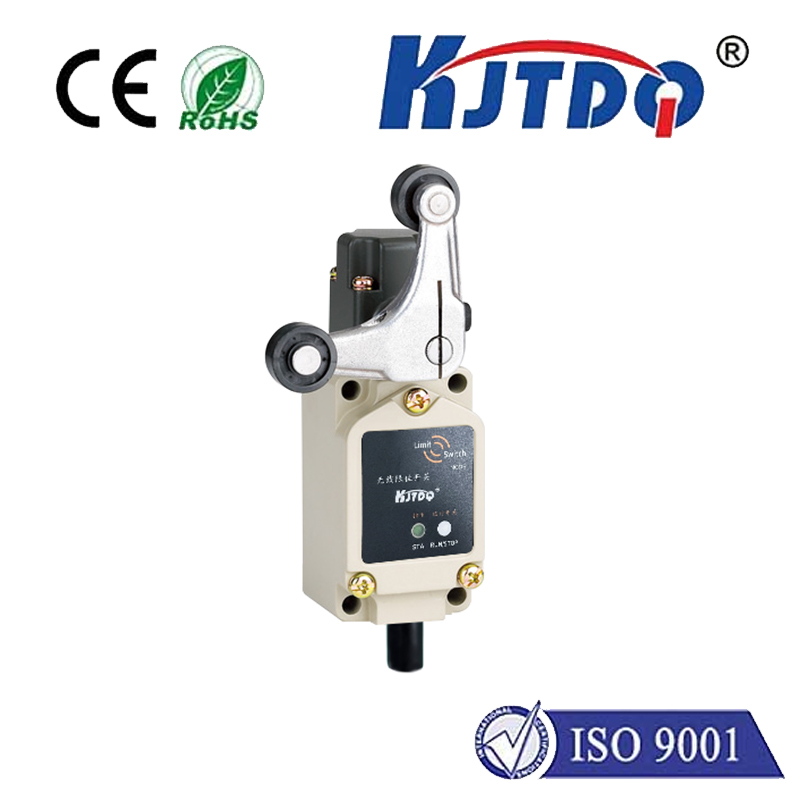

check

check

check

check
Imagine a complex assembly line humming with robotic arms, each movement perfectly synchronized. Or envision a sleek smartphone screen that instantly sleeps when raised to your ear. At the heart of these feats of automation and seamless interaction lie unsung heroes: proximity sensors. Specifically, inductive and capacitive proximity sensors form the backbone of countless non-contact object detection applications. But their magic works in fundamentally different ways. Understanding these differences isn’t just technical trivia—it’s crucial for selecting the right tool for your application, optimizing performance, reliability, and cost-efficiency.
Operating Principles: The Invisible Fields at Work
Their core distinction lies in the physical phenomenon they exploit for detection:
Head-to-Head: Key Differences Shaping Application Choice
Understanding these fundamental differences leads to clear operational distinctions:
| Feature | Inductive Proximity Sensor | Capacitive Proximity Sensor |
|---|---|---|
| Detection Principle | Eddy currents induced in conductive targets | Change in capacitance via dielectric constant |
| Target Material | Primarily conductive metals (best on ferrous) | Virtually any material (metal, plastic, liquid, powder) |
| Sensing Range | Generally longer range for similar sensor size | Usually shorter range for similar sensor size |
| Environmental Effect | Unaffected by non-metallic dust, moisture | Can be affected by ambient moisture, dust buildup, temperature (unless specifically compensated) |
| Sensitivity | Fixed sensitivity for metal targets | Adjustable sensitivity to detect materials or ignore container walls |
| Cost | Typically lower cost | Often higher cost |
Where They Shine: Application Scenarios
Choosing between inductive and capacitive hinges squarely on the application requirements:
Inductive Sensors Excel When:

You need reliable detection of metal parts (gears, pistons, bearings, machined components).
High-speed counting of metallic objects is required (e.g., cans on a line).
Robustness in harsh industrial environments (oil, coolant, non-conductive dust) is paramount, as they are largely immune to these contaminants.
Position verification of machine parts (cylinder end position, clamps closed/open) on metal machinery.
You need a cost-effective solution for metal-only detection.
Capacitive Sensors Shine When:
You need to detect non-metallic materials like plastic bottles, glass containers, wood panels, or cardboard boxes. This is their defining advantage.
Level detection of liquids, granular materials, or powders inside non-metallic tanks (plastic, glass) is critical. They can often sense the material through a thin container wall by adjusting sensitivity.
Applications involve detecting presence/absence of materials regardless of conductivity (e.g., checking if a bottle cap is present, verifying label placement).
You need a single sensor type capable of handling diverse materials on one line.
The adjustable sensitivity is beneficial for fine-tuning detection or ignoring background objects.
Real-World Impact: Beyond Theory
The practical implications of selecting the correct sensor are significant:
The Verdict: Complementary Technologies
Inductive and capacitive proximity sensors are not compes; they are complementary solutions filling distinct niches in the vast landscape of non-contact detection. Inductive sensors reign supreme for robust, cost-effective metal detection, while capacitive sensors offer unparalleled material versatility, especially for non-conductors and level sensing. The “best” sensor is defined entirely by the specific target, the environment, and the performance requirements of the task at hand. By understanding the invisible physics powering these proximity powerhouses – the dance of electromagnetic fields and capacitance changes – engineers and technicians can make informed decisions, ensuring smoother operations, enhanced reliability, and ultimately, smarter automation across countless industries. From the factory floor to the device in your pocket, these silent sentinels make modern interaction and manufacturing possible.
